Predator Free 2050: New Zealand ramps up plan to purge all pests
- Published
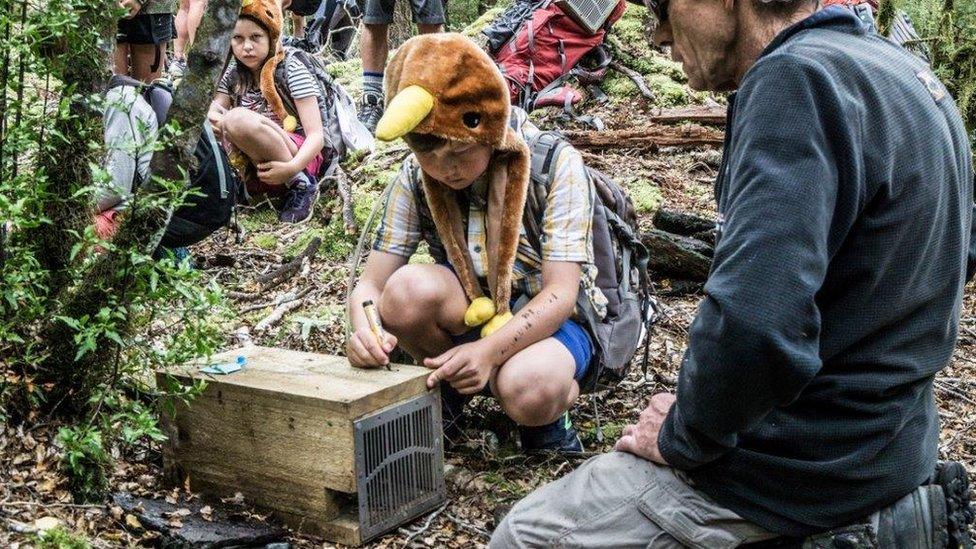
New Zealand has launched a bold plan to rid the country of non-native predators by 2050
"Wake up in paradise" is New Zealand's proud boast. It has a rightful swagger: its turquoise glacial lakes are ringed by untouched mountain ranges, while historic Māori sites speak of a people at one with the natural world.
But there are stains on the environment. In this corner of the South Pacific, waterways are increasingly polluted and, from the suburbs to the alpine peaks, an untold army of feral pests is running amok, putting about 80% of New Zealand's bird species at the risk of extinction.
It's four years since the former prime minister John Key set a goal of eradicating stoats, rats and possums by mid-century in arguably the world's most ambitious bio-diversity fight-back.
"It is a massive project but it is starting to track really well," Brent Beavan, the programme manager for Predator Free 2050, told the BBC. "Over the next five years I think you'll see that momentum accelerate and then we'll start stepping into some really large-scale programmes."
The task ahead appears truly Herculean, but Jessi Morgan from the Predator Free New Zealand Trust, which supports grassroots organisations, believes there has been a decisive cultural shift in the attitudes of New Zealanders.
"What has changed is the main-streaming of this movement," she explained to the BBC.
"It is now becoming something that we all do and we all have bought into this vision of removing predators from New Zealand. In Wellington [the capital] there is now not a suburb within the city that doesn't have a predator-free community, and that's pretty massive."

A banded rail and fern bird survey being carried out on the Waimea Inlet
However, there is a realisation that conquering vast areas of wilderness in a country with more land than the UK won't be easy.
"I guess what is terrifying is that there is nowhere safe. We're not quite sure how we eradicate over a large island like the South Island of New Zealand," Mr Morgan added.
Longer term, the architects of a pest-free future are banking on positive returns from investment into the science of eradication technology. For now, much of the heavy lifting is being done by poisonous baits. One poison in particular, 1080, is, according to critics, toxic to all animals, not just feral pests, and causes "a slow, agonising death".
But New Zealand's Department of Conservation insists it is safe and that "considerable misinformation about it circulates online… making it difficult for people to know what to believe".

Wildlife defenders are trying to fortify sensitive habitats against predators
"1080 is a very successful and useful tool for us, but it is not an appropriate tool for using in a city landscape or when we start thinking of eradication in a farming area," explained Brent Beavan. "We need new techniques and other ways to approach this."
Meanwhile wildlife defenders around the country are busy trying to fortifying sensitive habitats against invasion.
Near the coastal village of Mapua, 18 miles (30km) from the South Island city of Nelson, the sight of migratory birds and killer whales are seasonal treats. But lurking in the undergrowth are hordes of predators that conservationists say are threatening the survival of the Banded rail, a rarely seen wetland bird.
"My kids call me the Rat Lady because I'm always talking about rats," said Tracey Murray, a conservation worker, who has helped to build a large arc of traps.
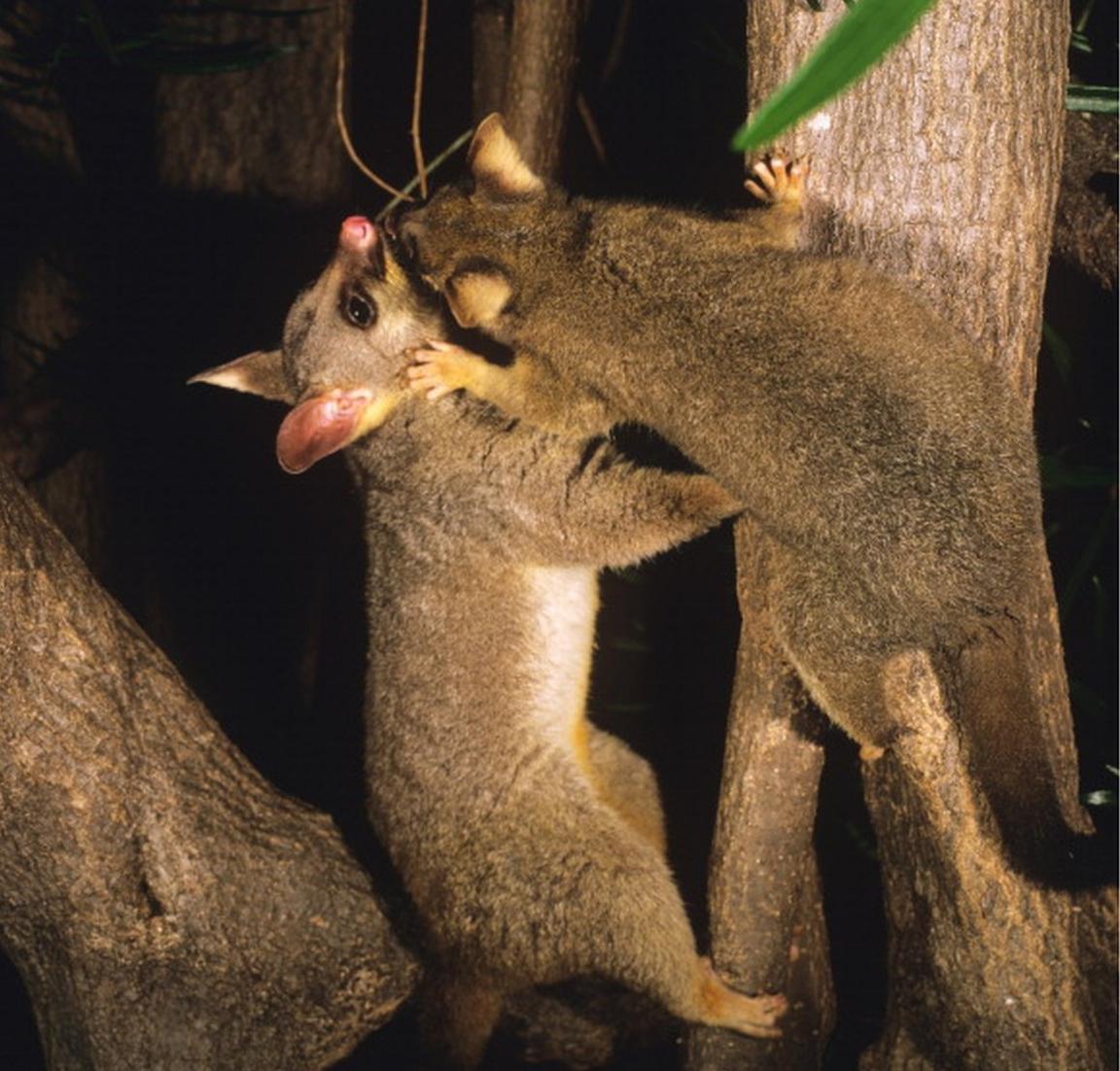
Possums are among the main imported and unwanted offenders

"We have got 56km of trapping out so far, which is not only on the estuary edge but also includes a buffer zone which is about half a kilometre inland and the traps are placed out at 100m intervals."
New Zealand has made a very clear choice to value indigenous animals above those imported by European settlers, and others.
"I do not think that we love killing animals, but the situation is that our really unique native species simply cannot co-exist with some of these introduced predators," said Sky Davies, the manager of the Tasman Environmental Trust.
"So if we want to save species that are only found in New Zealand, nowhere else in the world - treasures to us - the unfortunate fact is that we need to kill these predators that are causing their demise."
New Zealand's forest used to be home to millions of kiwi. Now there are only 68,000 left.
A short drive from Nelson, the Brook Waimarama Sanctuary could be a secret research centre or an army base. With its tall 8.9 mile (14.4km) wire fence topped with an aluminium hood, its imposing perimeter stretches far into the wooded hills. It is, though, a safe haven for birds that were for many years forced out by the hardwired killing of stoats, and other pests.
In 2017, the poison brodifacoum was dropped from a helicopter to target predators. It was controversial, and unpopular with some locals, but it worked, according to Dave Butler, the head of the sanctuary.
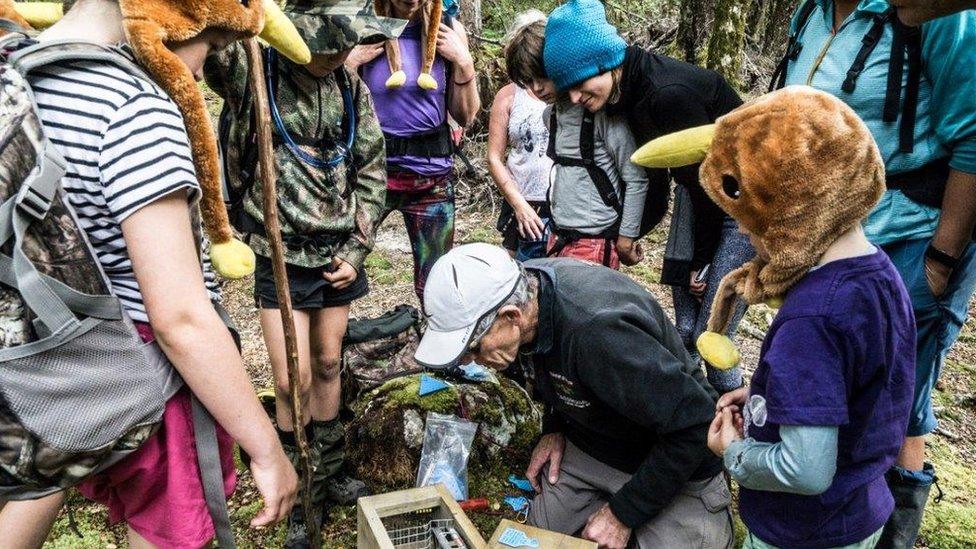
A large network of traps is being built by conservationists
"It is basically a copy-book military operation," he said, saying that in the first season after the pest removal, there were "big increases in some of the common birds here, the tuis and the fantails.
"So there is definitely an increase in song here."
"We have got the opportunity of working back into the city from here and bringing these amazing birds back into peoples' gardens. And then we have 100,000 hectares of native forest to start restoring and bringing that back. All that ties into the very exciting, challenging vision the country has of predator-free 2050," he added.
"So starting to remove and push-back these predators from large areas is really the next step of that."
- Published4 October 2016
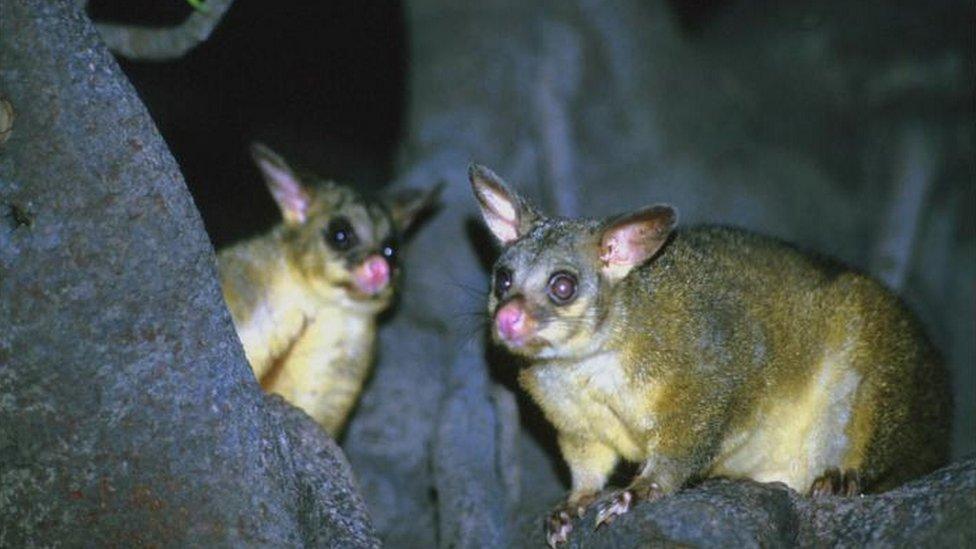
- Published28 February 2018
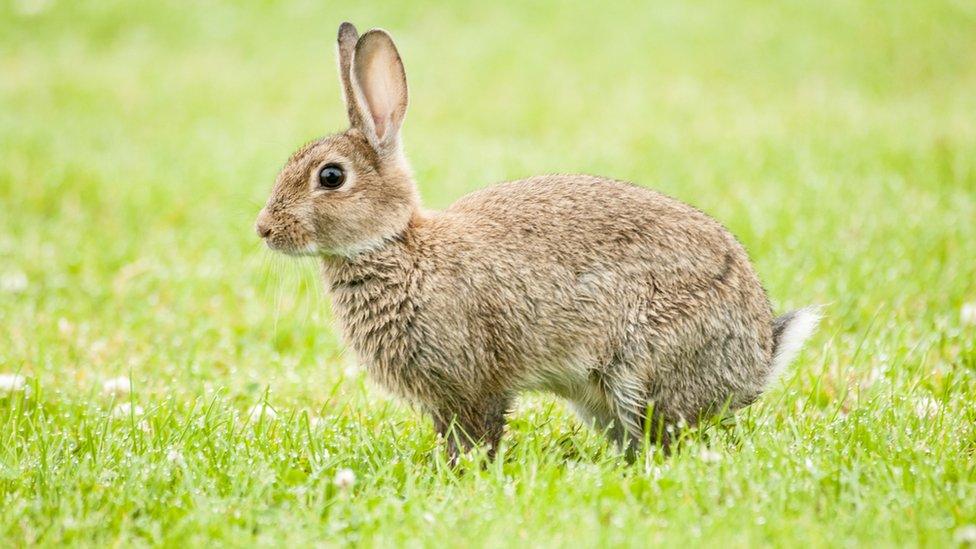
- Published25 July 2016
